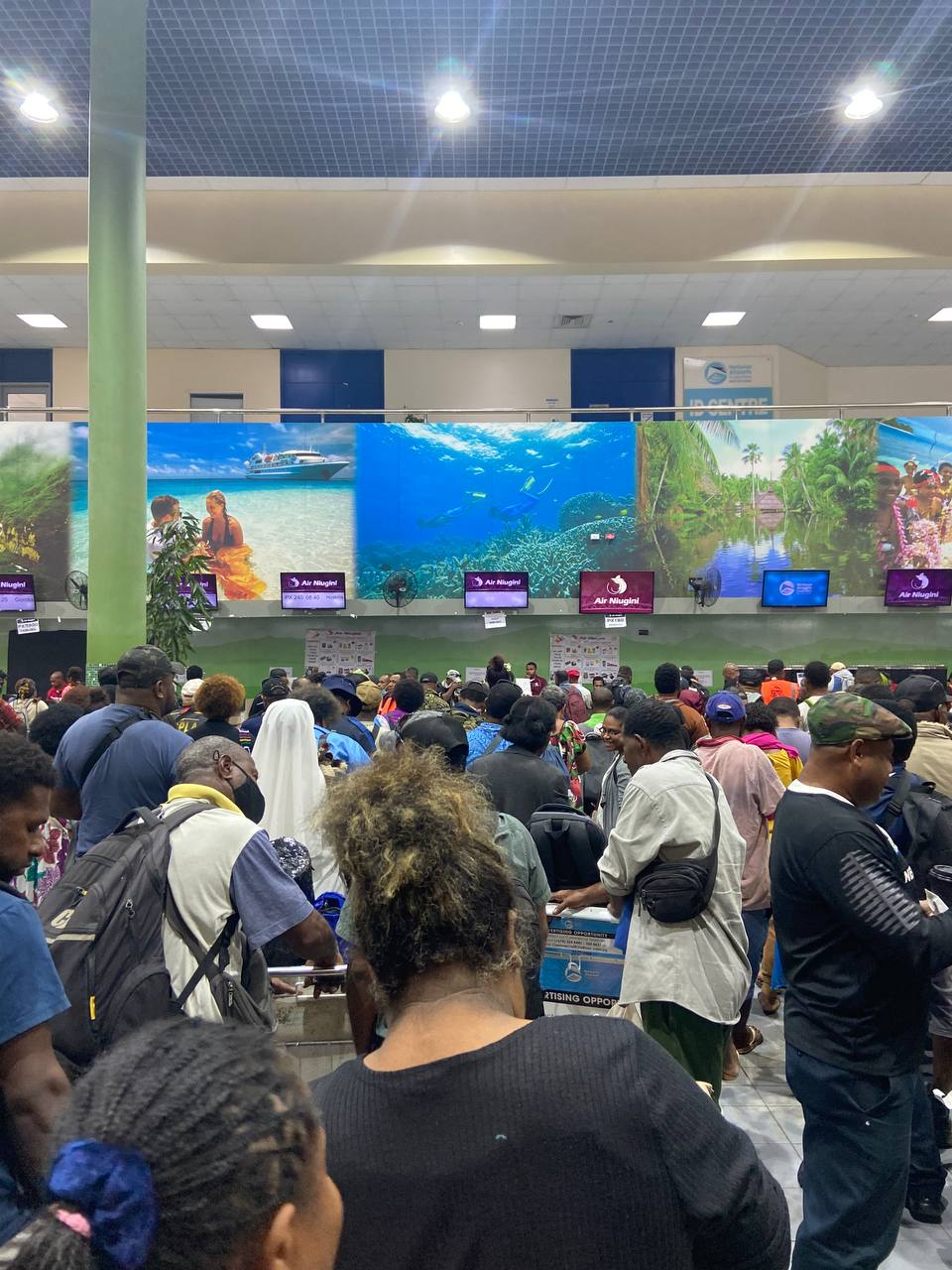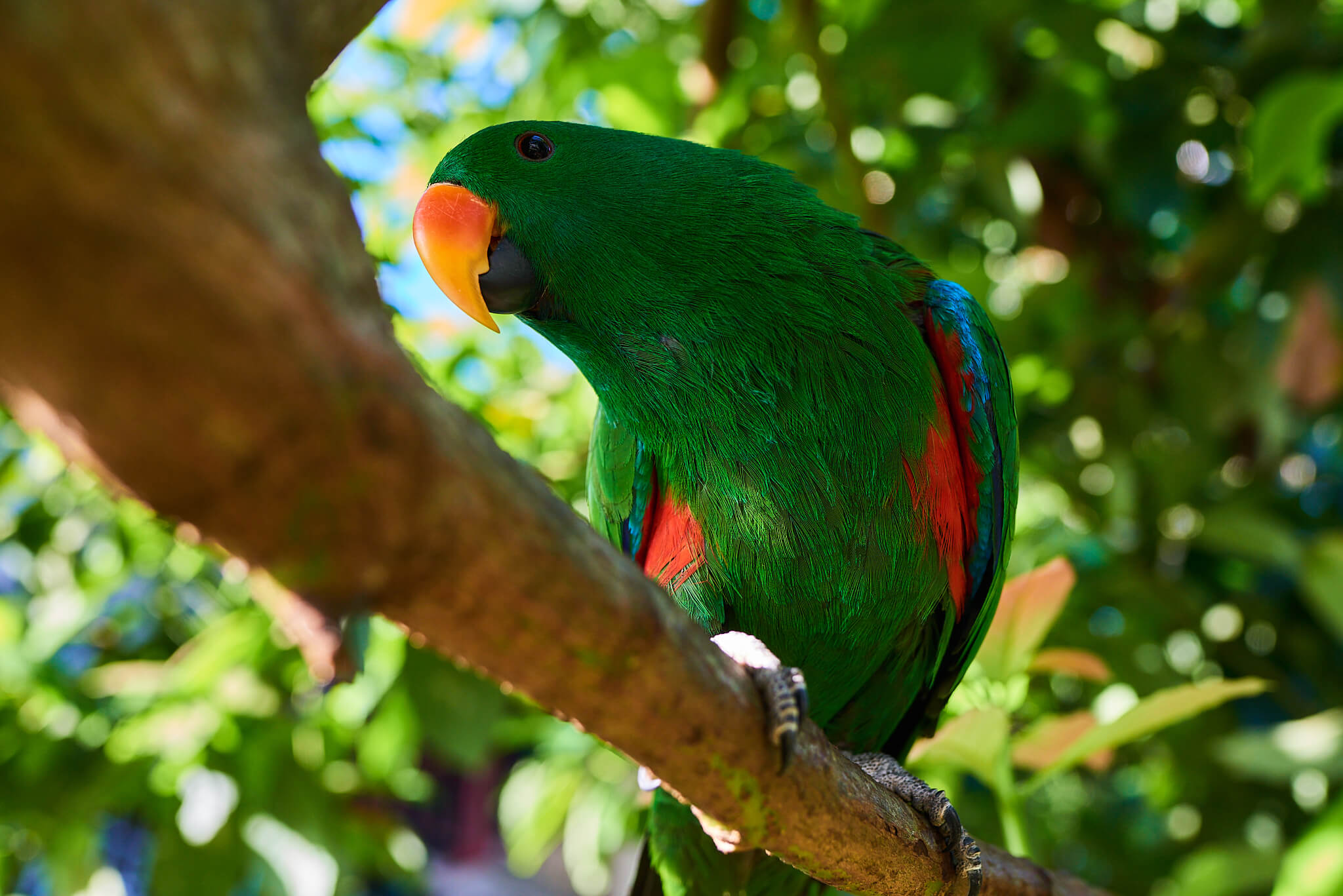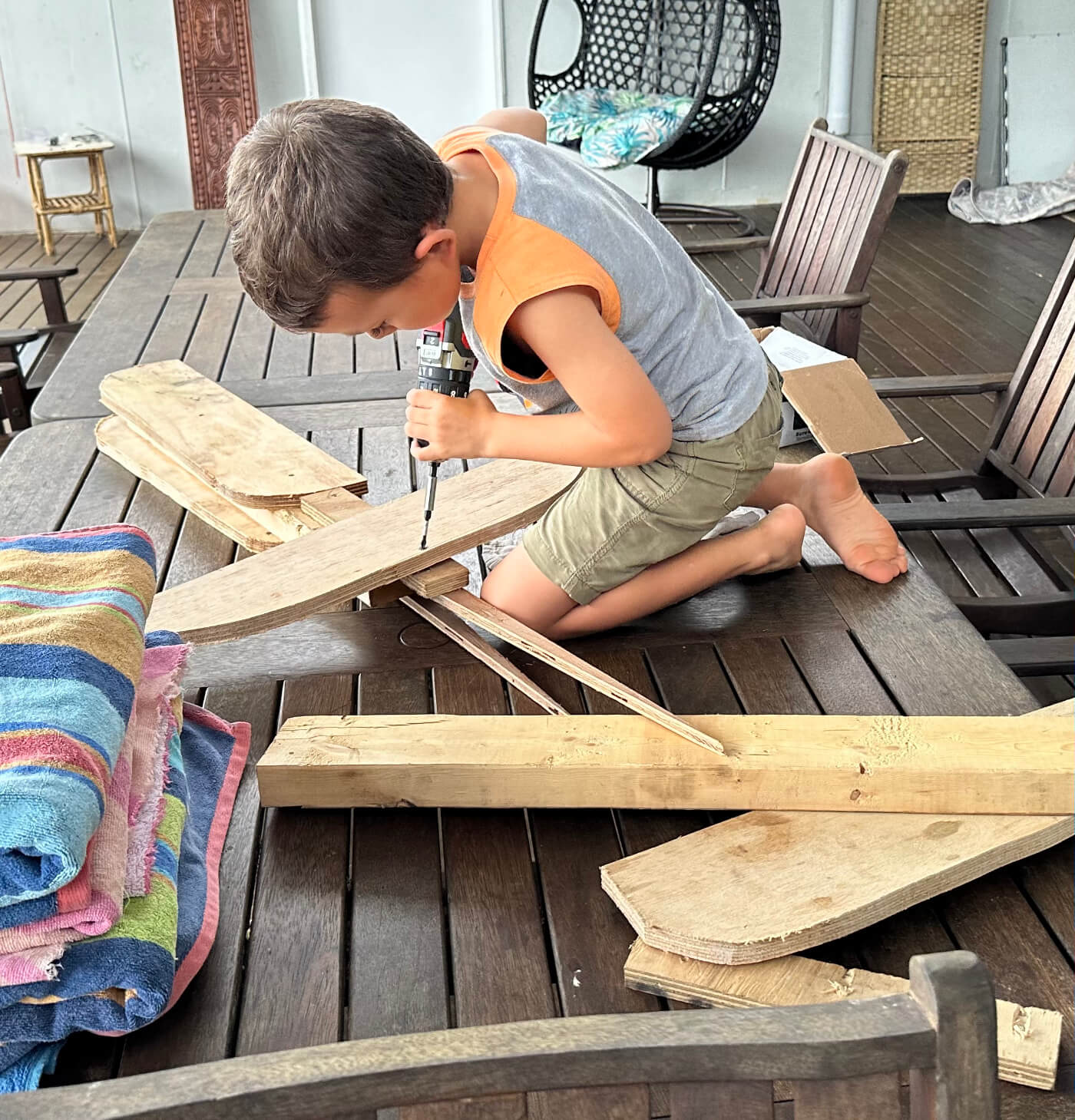Setting the Scene

Papua New Guinea is an island located right about Australia. It shares the island with Indonesia and has a population of about eight million people. It is a land of paradox. It’s a beautiful tropical paradise and yet death is never far away. There are no roads in the interior of the country. Disease and parasites flourish in the tropical climate. Nationally 1 in 20 children don’t live until their fifth birthday. In many remote villages the child mortality rate is as high as 40%. It’s also a particularly dangerous country for women. 1.5 million people experience gender based violence in the country each year. Since beating your wife is culturally acceptable, it’s estimated that every 30 seconds a woman is a victim of domestic abuse. There is a lack of government resources to adequately respond to all the cases filed each year. Papua New Guinea also has one of the highest incidences of HIV and AIDS in the Pacific Region. It’s a land of volcanoes, tsunamis, and earthquakes. The terrain is so rugged that even tribes who have been living there for thousands of years have little contact with each other. In fact, tribes are so isolated that there are 862 separate, living languages in the country. We’ll have to learn Tok Pisin which is a trade language commonly referred to as “pigeon.” Thankfully they tell me it’s pretty easy to learn. Of course these people who tell me that have never tried to teach me a foreign language before.
In many remote villages the child mortality rate is as high as 40%.
This is the country where God has called us to go. We will be serving in the city of Wewak, which is on the northern coast. Wewak is home to the only hospital in an area the size of the state of Mississippi. It finds itself trying serving a population of 300,000 – 400,000 people. Since there are no roads, people find their way to the hospital through jungle trails and rivers. It’s a journey that can take up to five days on a canoe. Imagine that. The main river in that region is called the Sepik River and it weaves 700 miles through the lowlands of the East Sepik Province. It is here that Samaritan Aviation has found an opportunity to share the love and joy of Jesus Christ in a very practical way.
A mission modeled after a parable.

The model for Samaritan Aviation’s ministry is laid out in Luke 10…
“But a Samaritan, as he traveled, came where the man was; and when he saw him, he took pity on him. 34 He went to him and bandaged his wounds, pouring on oil and wine. Then he put the man on his own donkey, brought him to an inn and took care of him. 35 The next day he took out two denarii and gave them to the innkeeper. ‘Look after him,’ he said, ‘and when I return, I will reimburse you for any extra expense you may have.’
36 “Which of these three do you think was a neighbor to the man who fell into the hands of robbers?”
37 The expert in the law replied, “The one who had mercy on him.”
Jesus told him, “Go and do likewise.”
“He went to him and bandaged his wounds, pouring on oil and wine.”
Samaritan Aviation is a literal interpretation of the parable of the Good Samaritan. We are called to be servants to the people the world is ignoring. Instead of walking by on the other side of the road, we are engaging the dire medical needs of the remote river communities of the East Sepik Province in Papua New Guinea. We are going to them and bandaging their wounds with modern medical supplies.

“Then he put the man on his own donkey, brought him to an inn, and took care of him.”
Samaritan Aviation offers free emergency medical evacuations to the only hospital in an area the size of Mississippi. Samaritan’s amphibious 206s can pick up patients all along the 700 mile Sepik River and transport them to the hospital, turning a 4 day trip in a canoe into a 45 minute flight. Instead of using a donkey, we’re using a floatplane.


The next day he took out two denarii and gave them to the innkeeper. ‘Look after him,’ he said
Samaritan Aviation doesn’t just save lives by providing free emergency care, they also save souls through their hospital visitation ministry.
Culturally, the hospital expects the patients’ families to provide meals and hygiene products but since the patients are so far from their families, that support system isn’t there. Samaritan Aviation steps in and provides these basic needs, as well as Biblically based counseling, a friendly face, and, of course, the hope of the Gospel of Jesus Christ.
Samaritan Aviation also…

Supplies Remote Aid Outposts with Time Critical Medicines

Provides Relief During Natural Disasters

Trains Aid Workers in Remote Areas
Here’s an example of Samaritan Aviation in action…

“Go and do likewise.”
A big thank you to everyone who has enabled us to come and help Samaritan Aviation give hope and access in the East Sepik Province of Papua New Guinea.
I’ve realized that a missionary calling isn’t a calling on an individual but is rather a calling on a community. And our community has responded in an incredible way! Thank you!
Although we’ve raised our support, it’s always fluctuating and we do occasionally have additional expenses. If you feel so led, you can get donation info by clicking the button below.





Leave a Reply